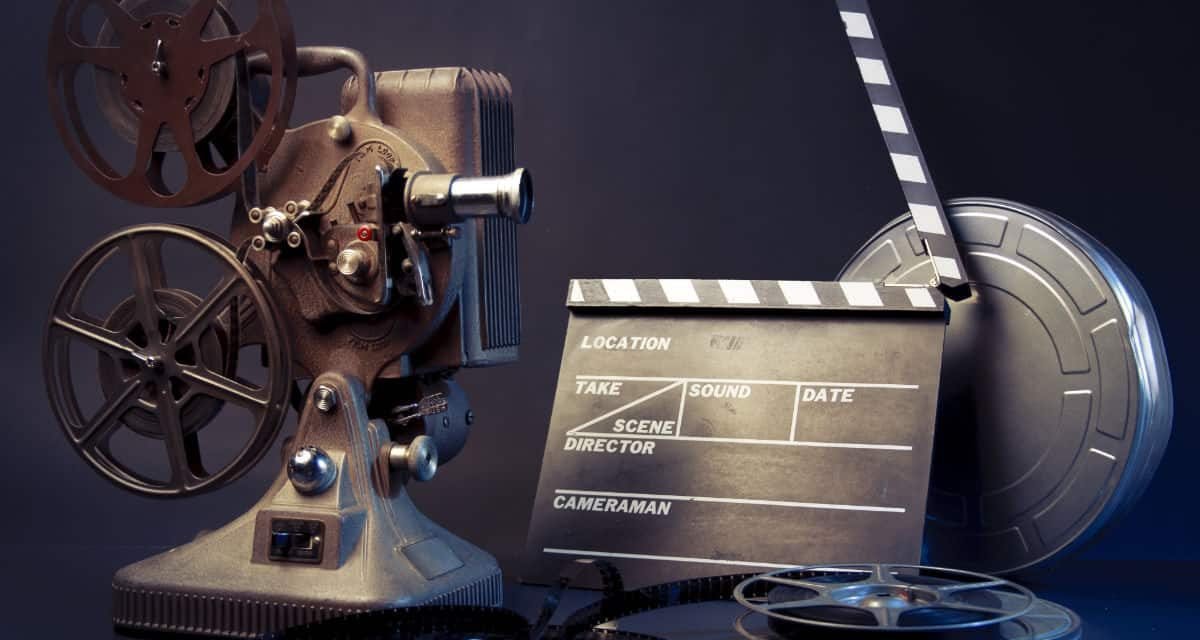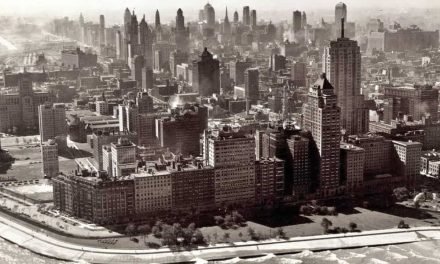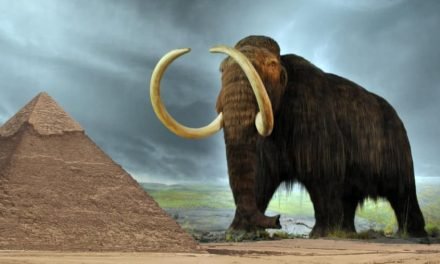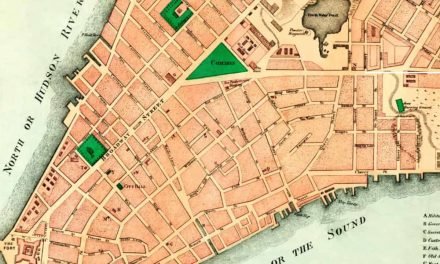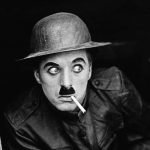The invention of the camera can be attributed to several developments over time, but the concept of capturing an image dates back centuries. The first camera-like device known as the “camera obscura” was developed by ancient philosophers and scholars.
The camera obscura was essentially a dark room or box with a small hole on one side. Light would pass through the hole, creating an inverted image on the opposite wall. This phenomenon was known to scholars such as Aristotle in ancient Greece.
However, the invention of the photographic camera, which could capture and fix images on a light-sensitive surface, is credited to Joseph Nicéphore Niépce. Niépce created the first successful permanent photograph in 1826, using a process known as heliography. The exposure time for that early photograph was several hours, highlighting the limitations of early photographic technology.
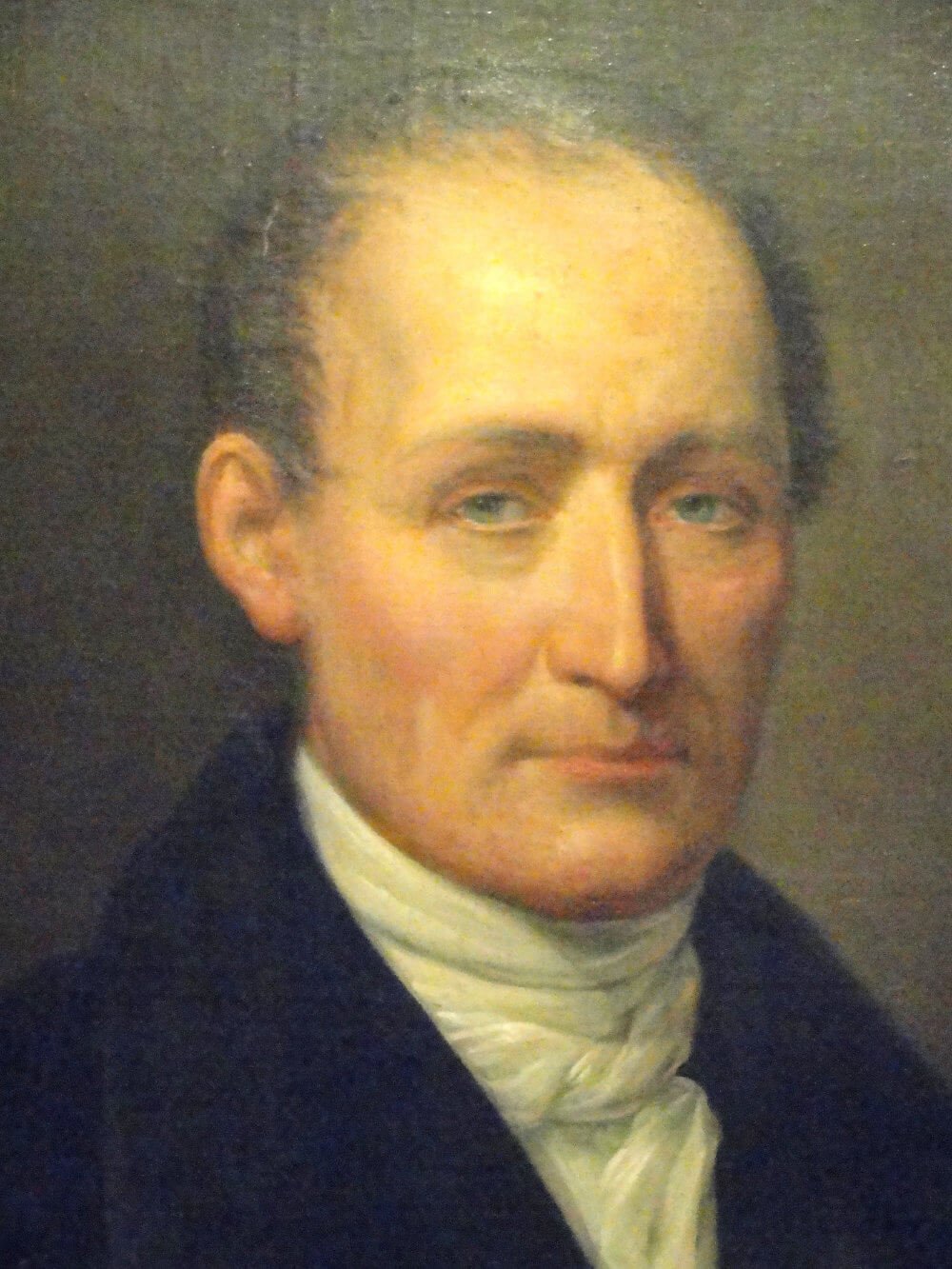
Nicéphore Niépce
Louis Daguerre, a collaborator of Niépce, later improved the photographic process, and in 1839, the daguerreotype, a practical and commercially viable photographic process, was introduced to the public. This is often considered a key milestone in the history of photography.
Therefore, while the camera obscura has a long history, the invention of the photographic camera, capable of producing permanent images, is commonly associated with the work of Joseph Nicéphore Niépce in the early 19th century.

